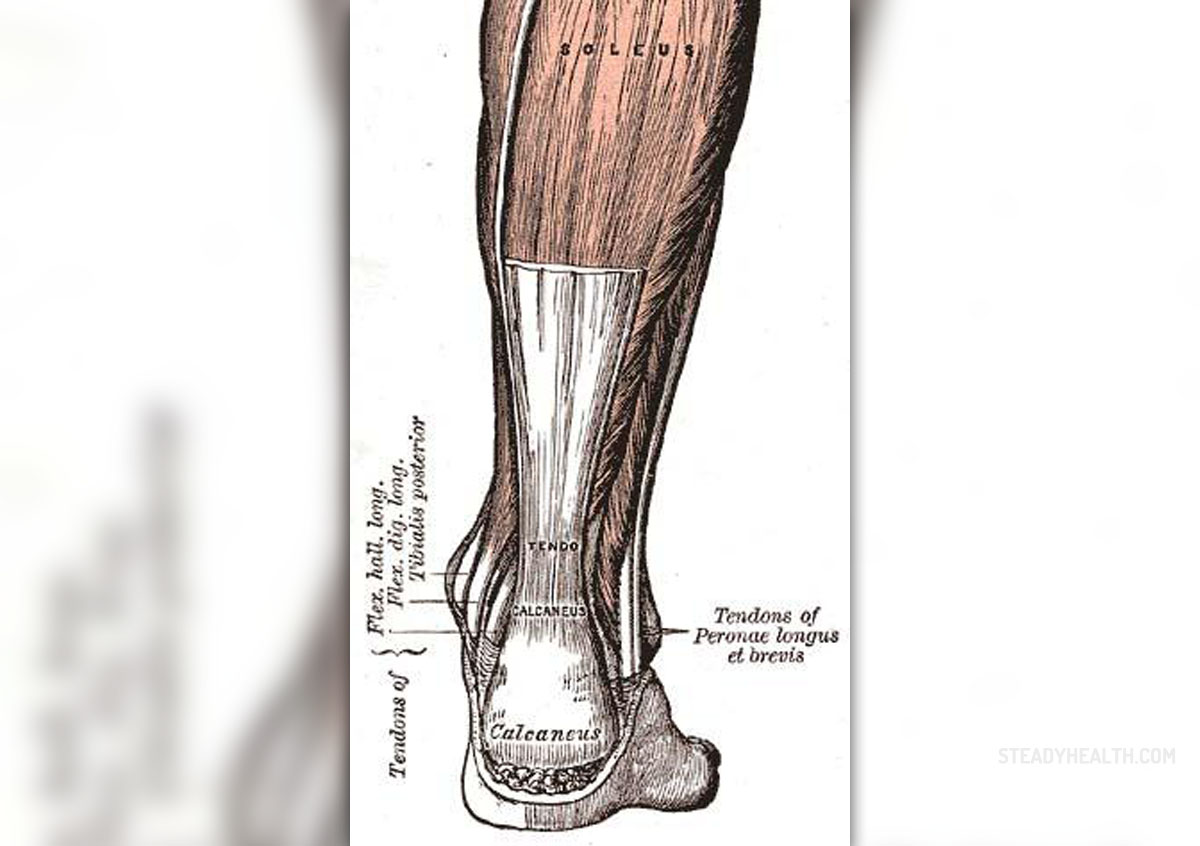
Achilles tendon injury affects both, professional athletes and people who occasionally engage in some sort of physical activity. It is considered one of the most serious sport injuries.
The Achilles tendon is the largest one in the human body. It extends from the heel bone to the calf muscles. It allows a person to extend the foot and points the toes to the floor. In many cases the tendon injury results in Achilles tendonitis, a painful inflammation of the tendon. In more severe injury the tendon can partially or totally rupture.Causes of Achilles Tendon Injury
The most common cause of Achilles tendon injury is the overuse of the tendon. This is typical for athletes. They tend to step up their level of physical activity too quickly which may eventually lead to tendon injury. The injury can also occur in case a person has not stretched properly prior some sports activity.
Furthermore, Achilles tendon injury is common in women who wear high heels and people who have problems with their feet (flat feet etc).
Achilles tendon injury occurs in many sports. Running, gymnastics, dance, football, baseball, softball, basketball, tennis and volleyball are only some of them.
Presentation of Achilles Tendon Injury
Achilles tendon injury leads to pain along the back of the foot and above the heel. The pain generally intensifies during stretching the ankle or while standing on toes. Initially it is mild but it slowly intensifies. In case of tendon rupture the pain is sudden and severe. The back of the foot is tender to touch, there may be swelling, stiffness and popping/ snapping noise during the injury. A person suffering from Achilles tendon injury is simply unable to flex a foot and point his/ her toes (especially in complete tear of the Achilles tendon).
Diagnosis and Treatment for Achilles Tendon Injury
In order to confirm the Achilles tendon injury the doctor performs thorough physical examination and additional tests such as musculoskeletal ultrasonography, MRI of the Achilles tendon and radiography (which can indirectly confirm tears in the Achilles tendon).
In case of mild to moderate injuries the tendon heals on its own. In order to accelerate the healing one should rest the injured leg. The crutches are used to reduce putting weight on the affected leg. The injured spot should be treated with cold compresses or ice. This will reduce swelling and associated pain. The injured leg is supposed to be elevated. This is one more way to reduce excessive swelling. Pain associated with the injury is brought under control with anti-inflammatory medications. Further damage of the tendon can be prevented with a heel lift. And, finally one more conservative treatment includes stretching and strengthening exercises. They restore normal range of motions in the foot and make the muscles of the foot and lower leg stronger. If the injury is severe one may need to wear a cast and in case of tear of the tendon the injury is treated surgically.


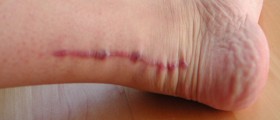



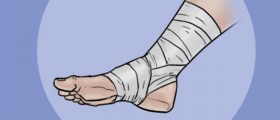


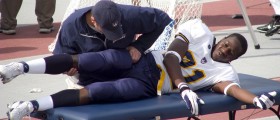

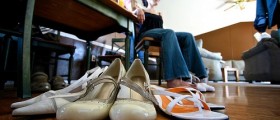


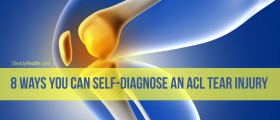
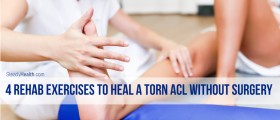

Your thoughts on this
Loading...